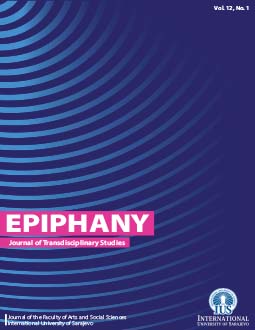An Overview Of Urban Change Process In Istanbul Metropolis
An Overview Of Urban Change Process In Istanbul Metropolis
Author(s): Nilüfer Kart Aktaş, Hande Sanem ÇınarSubject(s): Rural and urban sociology
Published by: International University of Sarajevo
Keywords: urban change; urban transformation; urbanization; Istanbul; Turkey;
Summary/Abstract: At every stage of human history, people migrate by force or by their own will. Both forced and willing migrations are caused by wars, poverty and a higher expectation for better living standards, employment, residence, social status, quality life, education, and others. In Turkey, migration from rural to urban areas that took place between the 1950s and 1980s has caused millions of people to migrate to cosmopolitan cities, like Istanbul. One of the main reasons for immigration to the city was due to the quality of life in the city and rural areas. This geographically displaced process of millions of people has influenced economic, social and cultural change and transformation in both the city and the village. Migrants often migrate to cities without proper knowledge, skills, and expertise, which significantly affect their economic, social and cultural status in the city where they have moved. For this reason, immigrants usually use their own "integration strategies". Most of the migrants could not adapt to the rapid life of the metropolis, so they preferred to live in shanties by isolating themselves from metropolitan life, which became one of the major urban problems. The Urban regeneration process, which entered our life rapidly as a result of the great earthquake that occurred in 1999, led to rapid changes in both the social and physical space and even the transformation in Istanbul. Thus, this study aims to analyze the physical, spatial and social changes in the urban regeneration process of the regions where the first shanty was established in Istanbul. An assessment of this shanty in Istanbul is significant because it received the biggest number of migrants between the 1950s and 1980s. Consequently, urban, economic, social and cultural effects of these changes continue to shape present-day Istanbul’s urban system and urban identity.
Journal: Epiphany. Journal of Transdisciplinary Studies
- Issue Year: 12/2019
- Issue No: 1
- Page Range: 49-60
- Page Count: 12
- Language: English

